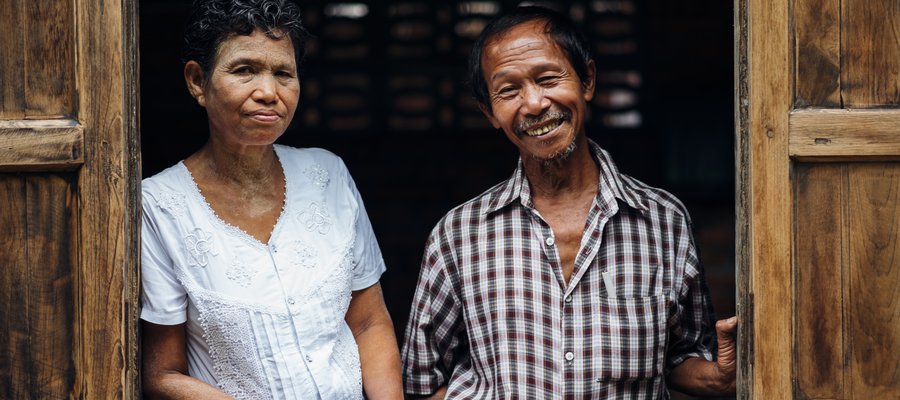Storytelling, the key to defeating leprosy stigma?

Before the pandemic, the National Leprosy Control Programme (NLCP) in Myanmar was going from village to village across the country to raise awareness of leprosy within the highly endemic areas of Myanmar. At first, they struggled to engage the people who lived in the villages, but when they started to factor storytelling into their awareness raising, they noticed a dramatic difference.
Science doesn’t work for everyone
When Myanmar’s NLCP team started to visit villages to raise awareness of leprosy, they would take medical experts with them who would tell the villagers about the signs and symptoms of leprosy. These experts would give clear instructions about what to do when you first notice symptoms of leprosy, and they would then offer a skin clinic, where people could come to have skin lesions inspected.
This proved a tiresome process. They would often have to work very hard to encourage the villagers to attend the sessions and even those who did show up to attend the sessions would be very reluctant to speak to the medical experts afterwards to have skin lesions examined.
Storytelling is an effective communication tool
The Leprosy Mission’s team in Myanmar introduced the staff of the NLCP to MAPAL, which is the Myanmar Association of Persons Affected by Leprosy. Following these introductions, members of MAPAL began to join the NLCP staff on their awareness-raising visits.
Dr Zaw Moe Aung, Country Leader of TLM Myanmar, explains the impact this had.
“The persons affected by leprosy from MAPAL would come to the villages and tell their stories. They would say ‘I received treatment for leprosy late and that’s why I have impairments now and why I look like this. Don’t be like me, don’t delay your treatment. Come forward to be examined by a healthcare worker today and you can have free and immediate treatment.’
“We saw that this kind of storytelling was far better at encouraging people to come forward for examination, which increased the number of cases we were able to diagnose through the awareness raising activities.
“It was also a really moving experience for all involved. We did not have to force anyone to attend the sessions; they wanted to show up to hear the stories of persons affected by leprosy, who so often told their stories with passion and a tear in their eye.
“In fact, we saw that a lot of people would not come up to the healthcare workers for examination after the sessions. Instead, they would discretely seek out the members of MAPAL to talk to them about their symptoms or about stigma. The MAPAL members were accessible to the people in the villages in a way that the healthcare workers weren’t.”
This storytelling experiment was a success, but not without challenges
One of the early challenges was getting the NLCP team to take the MAPAL members seriously. At first, their attitude towards MAPAL was dismissive and they did not hold them in high regard. The TLM team solved that problem by accompanying MAPAL members to meetings with the Programme team to ensure their voices were heard and respected.
Another significant challenge was building the confidence of the MAPAL members. Many had not told their stories publically and many still suffered from the trauma of rejection and stigma in their own communities. Through training, listening, and speaking opportunities, the TLM team supported the MAPAL members to overcome those challenges.
As Dr Zaw says, “One of the things that really benefited MAPAL was their integration within the wider disability movement in Myanmar. This afforded them the opportunity to become disability champions, it gave them confidence and opportunities to speak. This experience made it easier for them to introduce themselves to the NLCP team.”
The future in Myanmar is uncertain, but this work will continue in some form
Although it can be dangerous to gather in groups in Myanmar while the country goes through this period of turmoil following the military coup in 2021, the TLM team are working with MAPAL to find ways to continue to raise awareness of leprosy.
“We are working with local churches, who can give space for persons affected by leprosy to speak about their experiences within their services. We’re also working with other NGOs, who come to us through the Inclusive Advisory Service to ask for disability awareness training. Speaking to NGO staff about leprosy is really important, as their work will often take them into communities where leprosy – and leprosy stigma – is present.
“Lastly, we are continuing to build the capacity of MAPAL. We’re working with them on computer training and English-language training, both of which will make MAPAL’s members better advocates in the post-Covid world.”